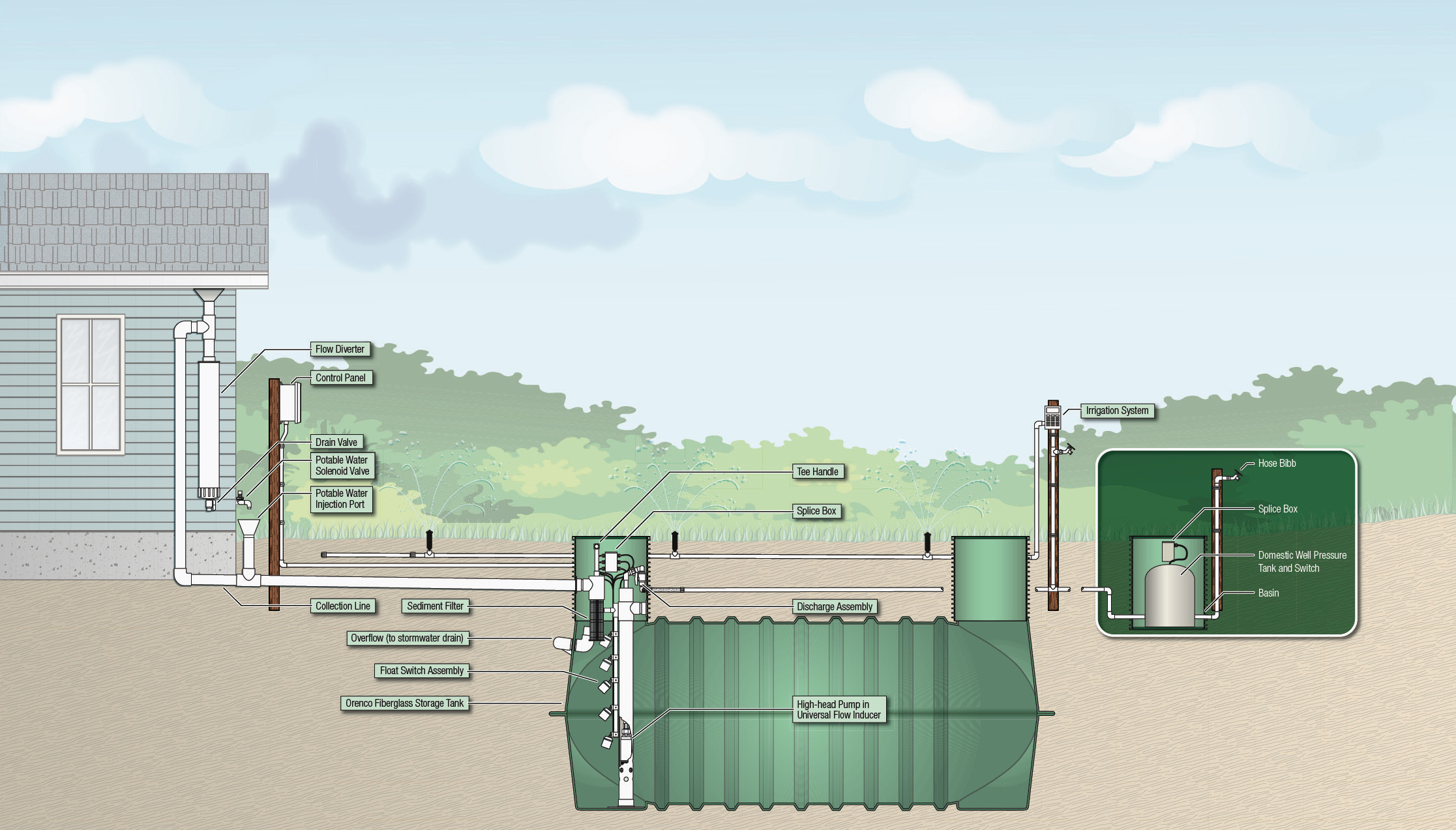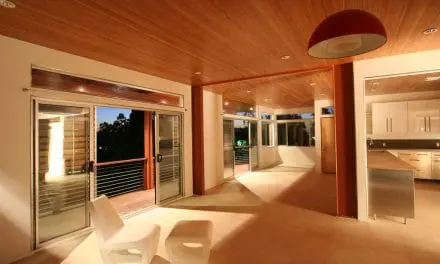All images courtesy Orenco Systems
By Beth Brownlie, ZC Sustainability Principal
California and the Western United States are in the midst of a megadrought. The Colorado river is dwindling; Lake Mead is at 27% of normal capacity. We just cannot continue to use so much fresh water, a surprisingly rare and inaccessible resource. this valuable resource the way we have been using it. States along the Pacific Ocean are considering desalination plants, but then there is the salt that is removed from seawater. Where does it go? How will it impact the oceans, sea life, and food sources? So we redouble our efforts to save water. We install next-level water-saving devices and convert lawns to xeriscaping. But where this absolutely vital resource remains in jeopardy, we turn to greywater reuse to save water.
In some states (California is one of them), cities, and countries, blackwater and greywater are already being highly treated and reused for potable water (yes, drinking water). But we could save so much energy in transporting the water if we just did our wastewater treatment locally, at home. How can we act locally to decentralize wastewater treatment and reuse the water again and again? Or use it to recharge the local aquifer?
Liquid gold
Let’s first define the different types of water. There is potable water: the water that comes from the tap or your shower. It is tested by your local water authority to ensure that it is clean and healthy. Drinking water is incredibly valuable, and you can take multiple measures to save water. We should NOT be using it to flush our toilets. Greywater is the wastewater that comes from your shower drain, laundry, bathtubs, and bathroom sinks. If you are using greywater-safe soaps and cleaners, this water can be piped directly to your sub-surface landscaping in many cities and states. Blackwater is the water that comes from the dishwasher, toilets, and kitchen sink. Because it may contain pathogens, it needs to be highly treated before it can be reused.
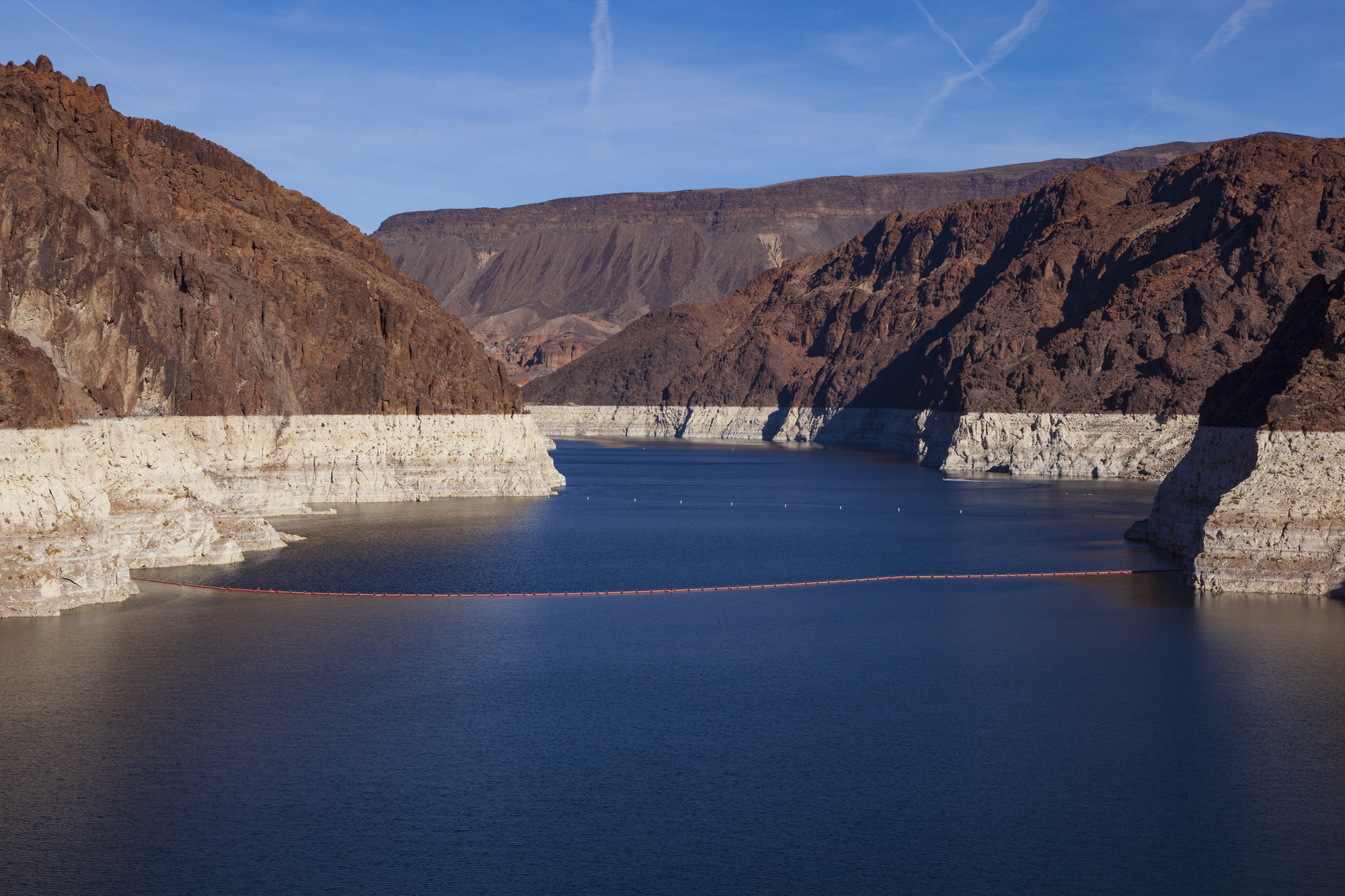
Capture and reuse
We can capture and reuse water through a simple greywater system: install an underground laundry-to-landscape line (no filtration needed). Advanced wastewater reuse systems capture, filter, and treat water prior to reuse. You can even keep a bucket in your shower to catch some water before it goes down the drain. It can be used to manually flush a toilet or water your tree. In the future, we can see a system that uses and treats water over and over.
It helps to think of your home as regenerative: consider water as a precious resource that can be restored, refreshed, or renewed and then used again to nourish ourselves, our community, or local flora and fauna. You can likely localize the treatment and reuse of wastewater, right on your property. This saves water, reducing the demand for municipal water sourced from far-off places. It also takes some of the load off energy-intensive sewage systems that move wastewater to a plant for treatment before discharge. This decentralized approach has myriad benefits for the planet, the municipality, and the homeowner.
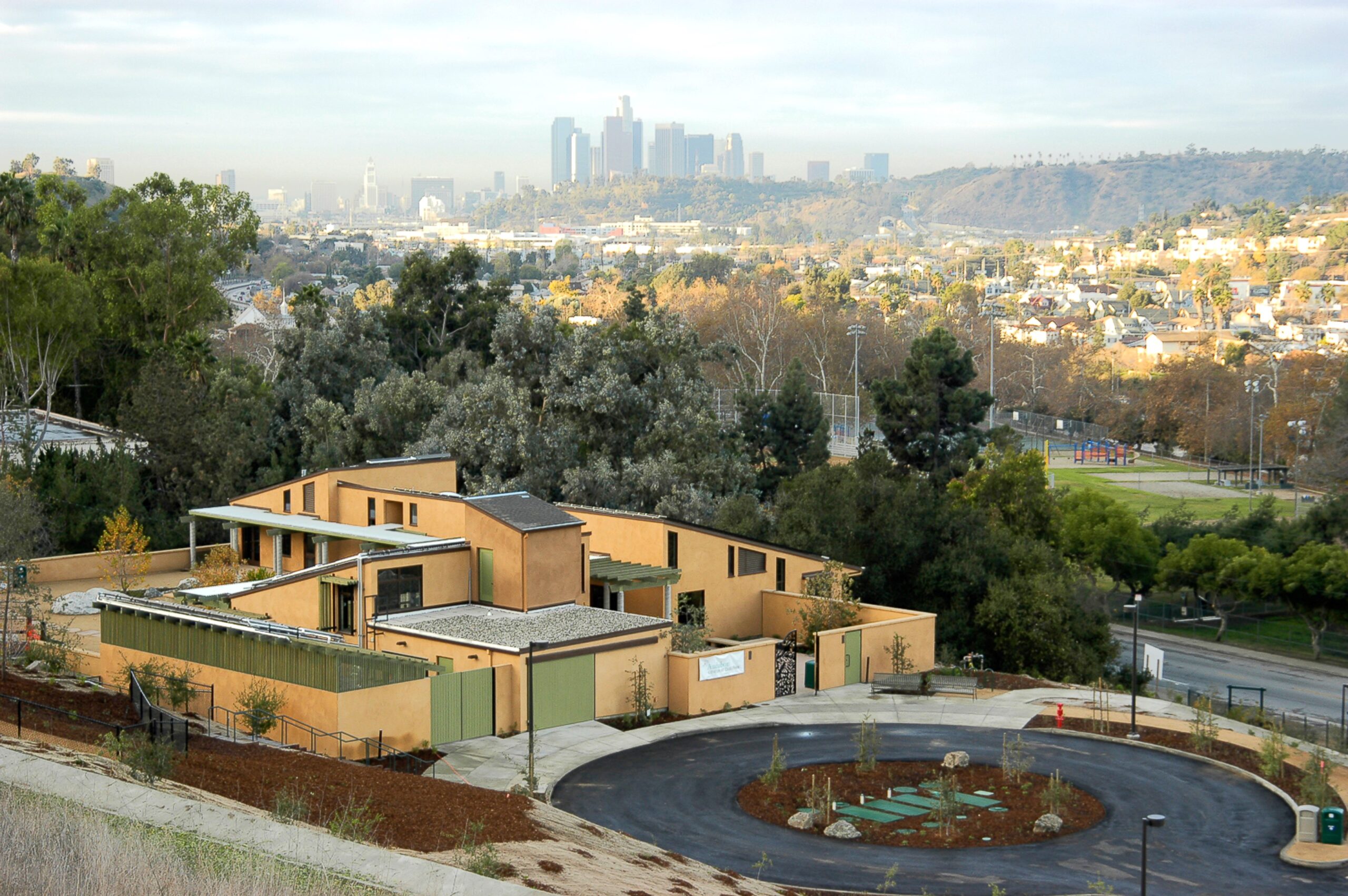
The Audubon Center operates off the Los Angeles sewer system.
Off-the-water-grid
Using a simple greywater system for irrigation is easy and many jurisdictions allow it, as long as it’s used for subsurface drip irrigation. Using greywater for toilet flushing becomes more difficult as stricter codes come into play. Not every state and municipality allows this. For some reason, Colorado doesn’t even allow greywater to be used for irrigation.
Off-grid is a term most often used in distributed solar power, but it can also apply to the municipal water and wastewater grids. In Los Angeles County, The Audubon Center at Debs Park won city approval to go off the sewer grid, because it could capture, treat, and reuse wastewater with a specialized system. High-quality treated effluent is reused for irrigation and will ultimately be used, when officially permitted, for toilet flushing.
Off-grid wastewater systems aren’t really new. Outhouses and septic tanks have been around forever. Outhouses are NEVER recommended, and we know today that the typical septic tank can leak can cause problems for local water supplies, our drinking water. Homeowners and municipalities are looking towards more advanced on-site wastewater treatment systems to protect local water supplies and save water through blackwater and greywater reuse.
Blackwater and greywater
An Orenco unit treats blackwater and greywater at a 22 unit tract development, where the new homeowners were allowed to landscape the dispersal areas. Subsurface drip irrigation supports beautiful, low-water landscaping and even patches of real turf for the kids to play in.
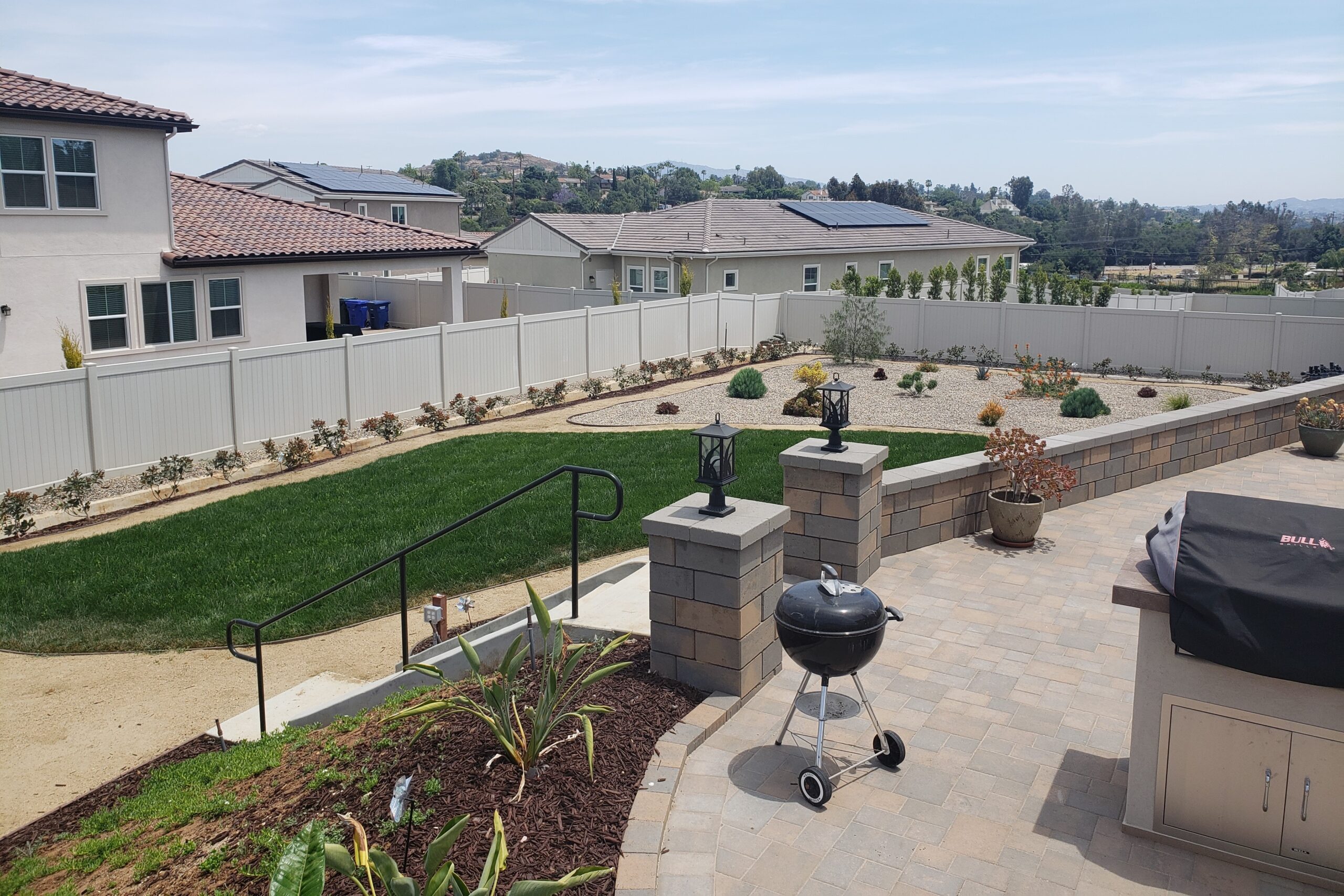
Blackwater and greywater treatment system supports (overall) low-water landscaping.
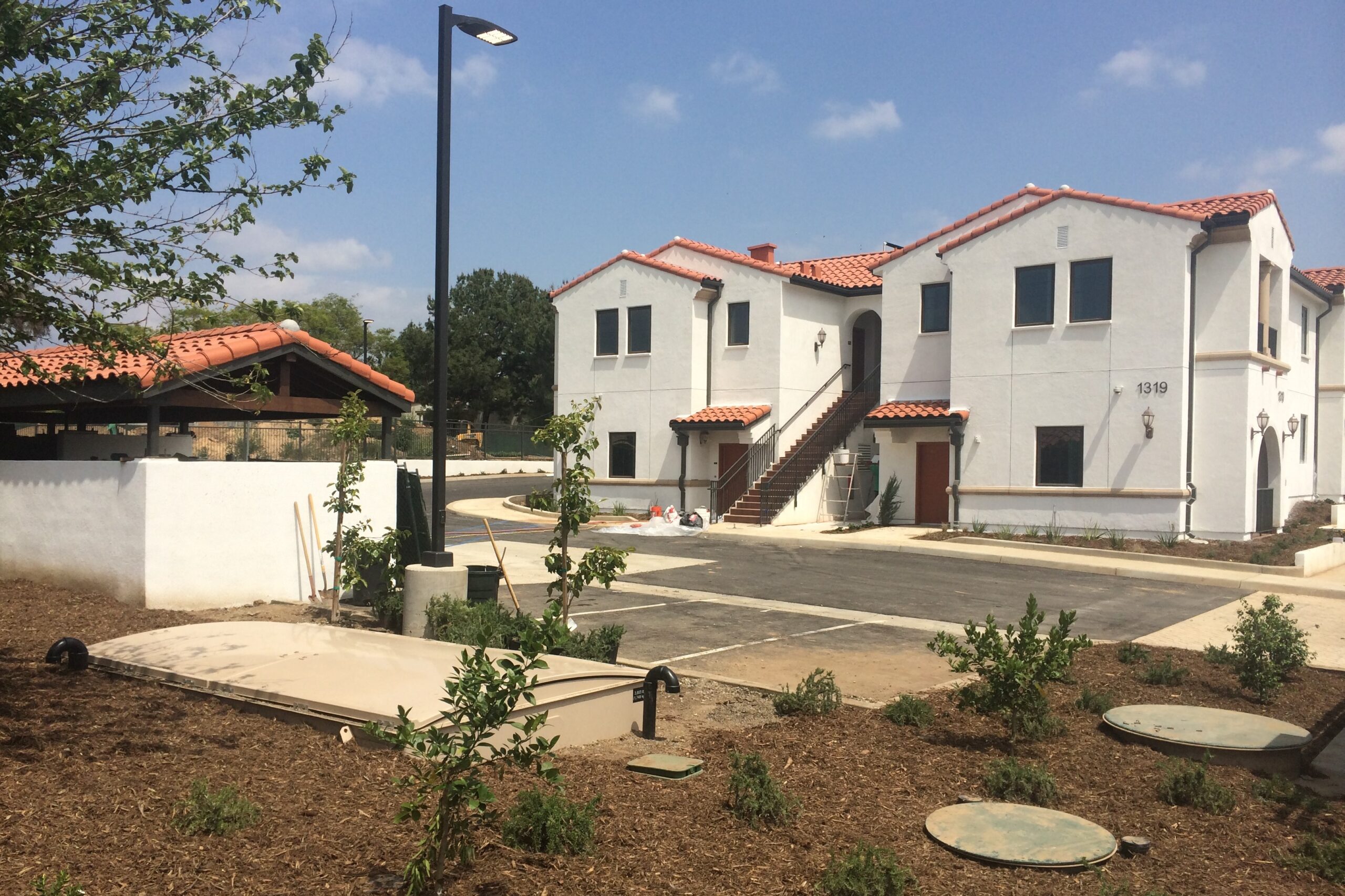
Greywater at this affordable housing community is reused for toilet flushing and drip landscape irrigation.
Because they save water for other uses, advanced greywater reuse systems can be great for affordable housing. The highly sustainable Cedar Springs Apartments, an affordable housing community in Laverne, CA, chose an Orenco system to meet greywater reuse regulations. For the owners, sustainability is important to building practices and their overall development strategy, which includes more than forty properties in and around Los Angeles. Biohabitats, an ecologically focused design firm, consulted on this community project, recommending local treatment of greywater from residents’ bathroom sinks, tubs, and showers. The treated effluent is then reused for toilet flushing and drip landscape irrigation.
Save water, give water
We’ve heard so much about net-zero energy homes. What about net-zero water homes? What would that look like? Achieving the Net Zero Water Petal from the Living Building Challenge means: “One hundred percent of occupants’ water use must come from captured precipitation or closed loop water systems that account for downstream ecosystem impacts and that are appropriately purified without the use of chemicals.”
The Living Building Challenge helps imagine a building informed by its bioregion’s characteristics, and then designed and constructed to generate all of its own energy with renewable resources, to capture and treat all of its water, and to operate efficiently and for maximum beauty. It’s a rating system similar to USGBC’s LEED ratings, and earning the Water Petal is difficult. But it can be done through water capture, water savings, and blackwater and greywater reuse.
Practically, it means you can use water from the municipal source, such as I am doing for a current project in Solvang, CA, for your potable water needs: washing, bathing, etc. I’ll use the treated greywater for irrigation and toilet flushing. But we’ve designed the site such that the limited rainfall and a bit of local runoff coming onto the site filters into the ground, recharging the local aquifer. In addition, blackwater and greywater are not flowing through sewer lines back to the local sewage treatment plant. It’s all treated on-site, right in the backyard. Then through drip irrigation it supports the landscaping and recharges the groundwater.
Greywater reuse and regenerative design
Elemental Green is featuring the Desert Rain House, one of the most beautiful, next-level, zero-water houses I’ve seen. It achieves the Water Petal through rainwater catchment for drinking water, greywater treatment for everything except the dishwasher and the toilet, and a blackwater system to treat human effluent.
The intent of the Water Petal is to realign how people use water and redefine “wastewater” in the built environment, so that water is respected as a precious resource. Even in regions that have avoided water scarcity so far, abundant freshwater may be at risk. The impacts of climate change, highly unsustainable water use patterns, and the continued drawdown of major aquifers could bring significant competition for water resources.
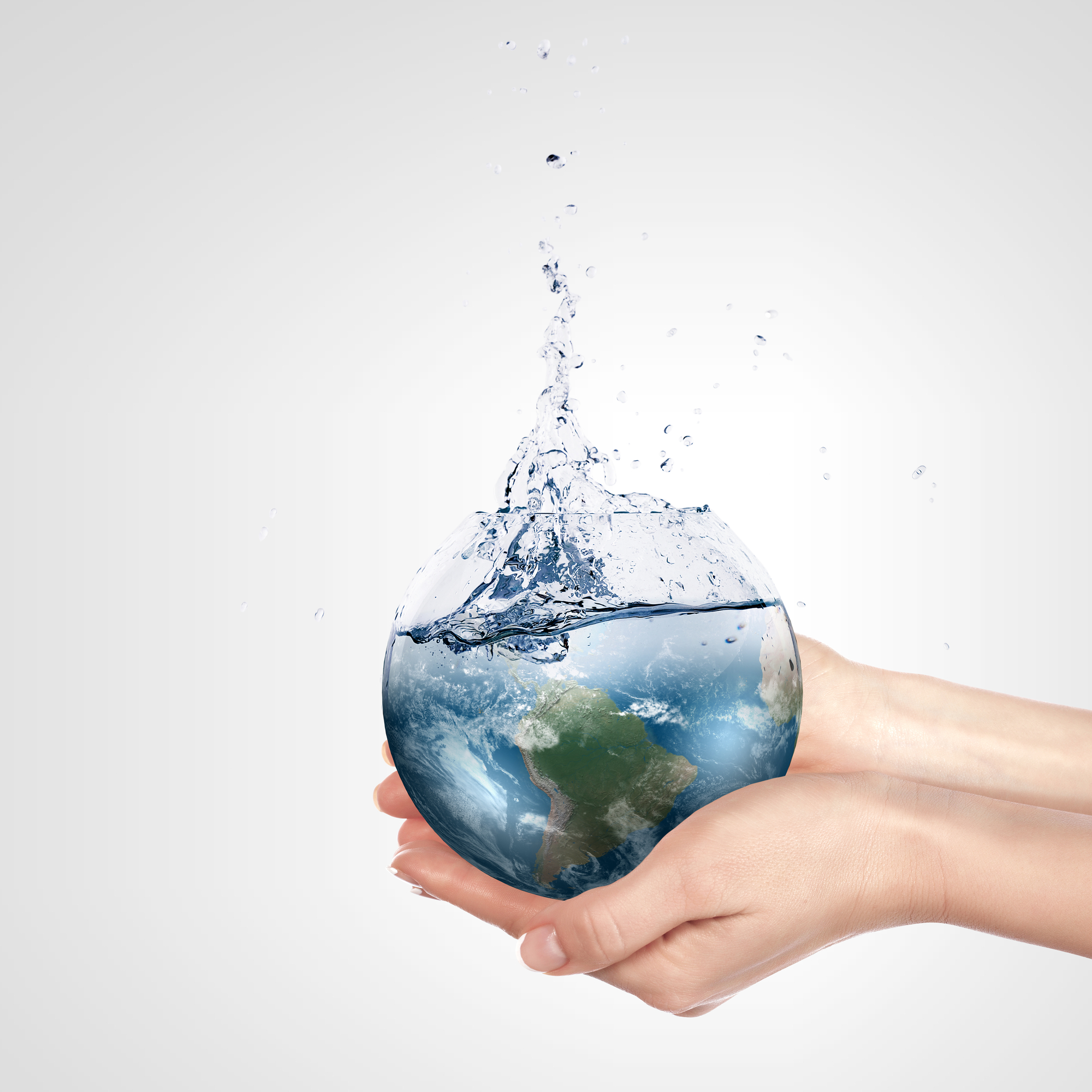
The Living Building Challenge asks us to look holistically at our own sites and communities, and to configure our needs according to the capacity of the site. Usually, we can harvest sufficient water to meet the needs of a given population while respecting the natural hydrology of the land. Where water can be used and purified and then used again, the water needs of the local ecosystem, and those of our neighbors, can be satisfied.
Unfortunately, these practices are illegal in many jurisdictions due to strict health, land use, and building codes. We know now that regenerativity is the path to a sustainable future, so let’s embrace and promote regenerative water use and reuse in our homes. When it comes to water, the US is a bit behind. But we can combat the megadrought if we are thoughtful about how we capture water, save water, and develop systems for effluent treatment and blackwater and greywater reuse. Water is Earth’s most precious resource. I ask you to show water leadership with your home and in your community.
The author:
Beth Brownlie has more than 10 years of sustainability experience as an interior designer for healthcare and higher education, and as a LEED, WELL, and CALGreen consultant. As a Partner and Project Manager for ZC Sustainability, she engages in design, construction, and purchasing on all types of projects, assisting with certifications and code compliance.
Our team researches products, companies, studies, and techniques to bring the best of green building to you. Elemental Green does not independently verify the accuracy of all claims regarding featured products, manufacturers, or linked articles. Additionally, product and brand mentions on Elemental Green do not imply endorsement or sponsorship unless specified otherwise.



